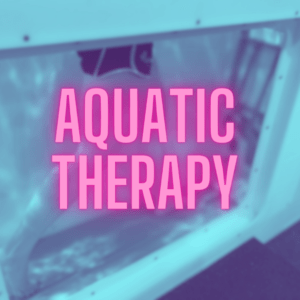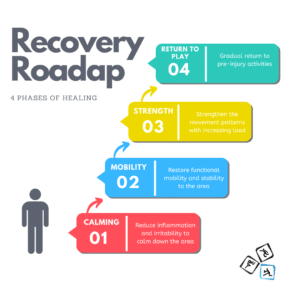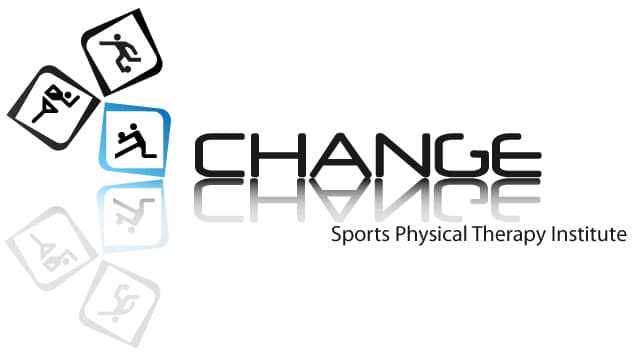Should I go to the doctor?
Probably the worst part about youth sports is when a kid, your kid, gets hurt. Immediately there comes this question, “Are they OK?” Let’s be honest, what we really mean is, can they keep playing or is this something more serious. It is a difficult call to make. Most of the time it is the coach, kid and parent who are all interacting to make this decision. When the injuries are unfortunately more serious, the answer to that question is easy to make. Call 911 or take them to urgent care right away. However, sometimes the decision is not as clear.
My 7 year old son recently split the ridge of his nose open at a soccer game. Now mind you, he was not the one playing in the soccer game…. I was coaching my 13 year old’s team and he was playing on a old backstop with a metal pipe sticking out. He decided to have a fight with that pipe and it got the best of him and split his nose open. As I’m coaching the game, he and my wife come over to me with blood pouring down his face and a large gash on his nose. The question then comes, “Does he need to go to the doctor to get stitches?” Thankfully I’ve had training in wound care and understand what process needs to take place. However, even with my knowledge it was a tough call to make. In the end we decided to steri-strip it. My athletic training background came in handy. I ran over to my physical therapy clinic in Huntington Beach, and grabbed some steri-strips and some Tough Skin adhesive. I was able to get a good solid closure on the wound after we iced down the inflammation.
I tend to want to know the why behind every decision. If I don’t understand the why, then it is difficult for me to move forward. In the case above, I could not answer why he needed to go to the doctor. If they tried to stitch that part of the nose, it would be more traumatic than the injury itself. So WHY should we take our kids to the doctor after a youth sports injury? What are some of the reasons we would want to do that?
Here is a short list of some reasons we would want to make the decision to get in the car, sit in the waiting room, make the copay and get our kids looked at. (I know I make that sound unpleasant, but as a parent some of the best feelings I have had are when I know my kid who is injured is getting taken care of in the best possible way- and this usually is at the doctor’s office)
Does my kid need to go to the doctor?
Here are some definite YES answers to needing to go to the doctor.
Life Threatening Emergencies
Let’s get the obvious out of the way. Any life threatening issues which could be: head injuries, difficulty breathing, loss of consciousness, extreme pain, etc… This is obviously not an inclusive list, but you get the point.
Fractures
If you son or daughter has a fracture this is something that needs to get stabilized. A doctor’s office will be able to X-Ray the limb to diagnose a fracture. If you suspect a fracture, you definitely should take your kid in to see the doctor. So what are the signs telling you that your kid has a fracture? To be honest sometimes it can be difficult to tell, so it is always best to error on the side of caution. However, here is a quick list of some things that I would look for in my own kids to see if they had a fracture.
- Mechanism of injury with high force
- Pain with weight bearing
- Location of pain on the bone
- Special Tests like the Bump Test or Squeeze Test
- A lot of bruising
Of course, if you don’t know what to look for, either get trained in what to look for, or take them in to the doctor.
Muscle Tears
Probably the most infamous ligament tear in the youth sports world is the ACL. However, there are many other ligament sprains and tears which would warrant a visit to the doctor’s office. Ligaments attach bone to bone. What this means is that every joint is stabilized by ligaments. When the force placed on that joint is greater than the ligament can control it will suffer damage.
Ligament Sprains or Tears
Probably the most infamous ligament tear in the youth sports world is the ACL. However, there are many other ligament sprains and tears which would warrant a visit to the doctor’s office. Ligaments attach bone to bone. What this means is that every joint is stabilized by ligaments. When the force placed on that joint is greater than the ligament can control it will suffer damage.
Listed here are some common ligament injuries found in youth sports as well as some quick and simple descriptions of what to look for.
Ankle SPrains
The anterior talofibular ligament specifically is the one to suffer in about 90% of ankle sprains. Excessive swelling, tenderness when touching that ligament, along with pain when that ligaments is stretched or has tension placed on it would indicate an issue with that ligament. However, in the case of a full tear of that ligament, there would not necessarily be pain with stressing it (because it isn’t attached anymore) and there would be excessive motion. When the ankle sprain is minor, it is something you can manage on your own with the right road map. More severe cases are best to be stabilized and managed that way.
Knee Sprains
This could be an array of ligaments which are torn or sprained. The ACL, PCL, MCL and LCL are the 4 primary ligaments that stabilize the knee. What is important in understanding if these are torn is the mechanism of injury. What I mean by that is the manner in which they got hurt. What happened to their knee? Here are some common mechanisms of injury which cause knee ligament damage.
- A plant and a twist. An example of this is when someone with cleats steps on the ground and then twist to move one direction but the cleat stays stuck in the ground and there is a twist at the knee. If this happened with a pop sound and pain, then there is a good chance of ligament damage.
- Hit from the side of the knee. In soccer and football this is common. Someone comes and tackles from the side. If the foot stays planted and the force comes on the knee. There is a good chance the MCL or LCL will suffer.
- Surprisingly a sudden jump stop can be enough to take out an ACL in the knee as well.
Night Pain that Won't Go Away
Another red flag for me that tells me to go to the doctor is if there is night pain. What that tells me is that there is a lot of inflammation happening in that body part and something is not happy. Unless I know and would expect that to be present, night pain after an injury tells me there is more happening here.
Likewise, if the injury just hasn’t progressed like you would expect it to, then it is best to get it looked at to see if you missed something. If an youth sports injury is still hurting the kid a week later, I would say that is the point where they definitely should get looked at by a medical professional.
Need help with a youth sports injury?
As a sports physical therapist with a background in athletic training and years playing sports and coaching, I understand the sports injury well. If you are looking to get over a current youth sports injury with some professional guidance I’d love to help. There are several ways you can get assistance from us here in Huntington Beach, CA even if you don’t live near by.











